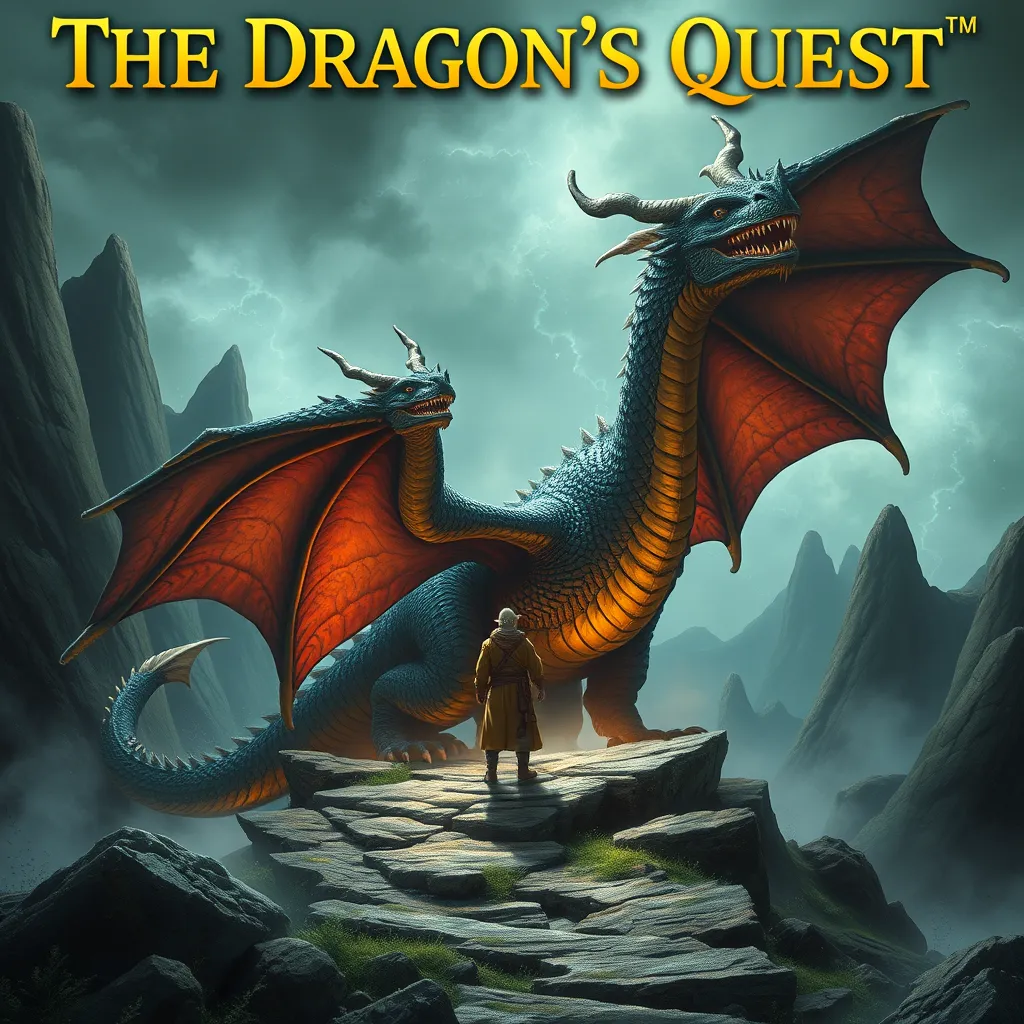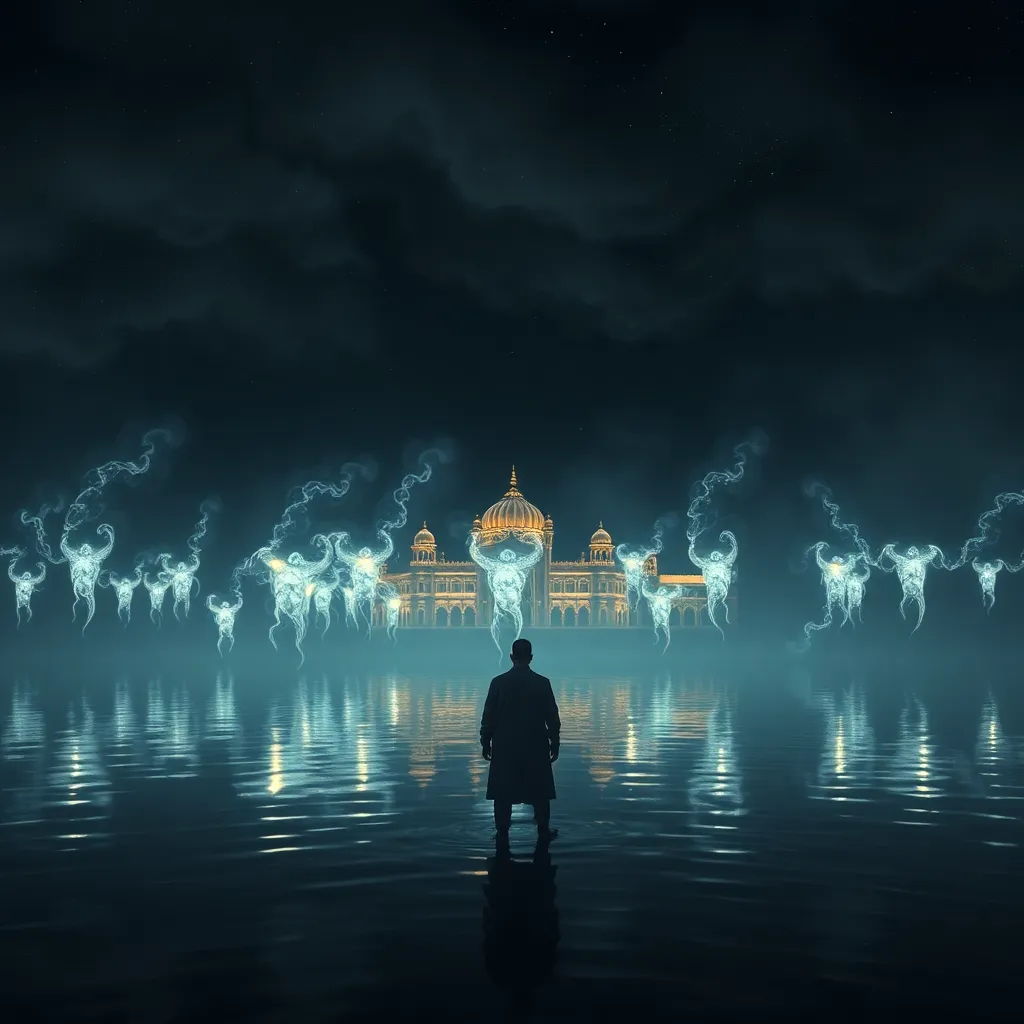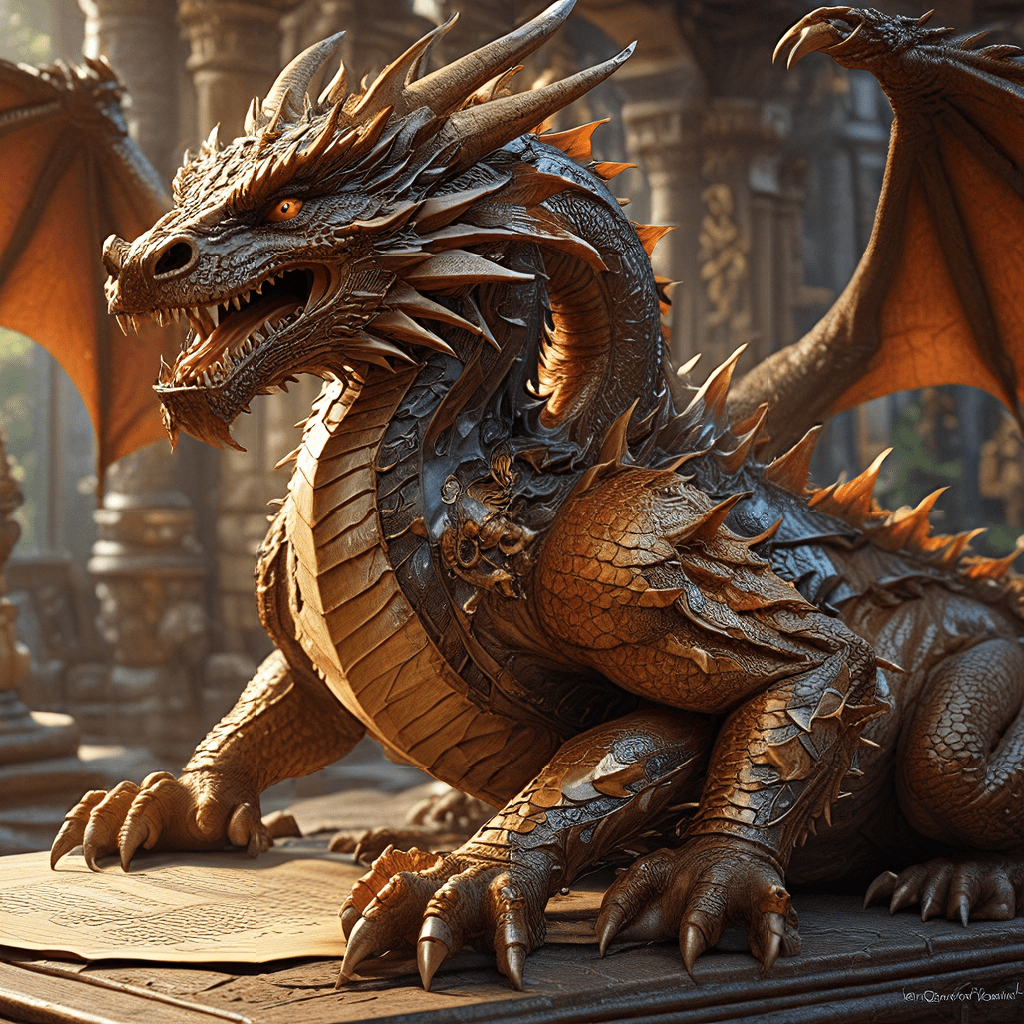The Dragon’s Quest: Examining the Hero’s Journey and Their Encounter with Dragons in Myth and Legend
I. Introduction
The concept of the Hero’s Journey, articulated by Joseph Campbell, serves as a fundamental framework for understanding the narrative arcs that define many of our stories. It outlines a universal pattern that heroes follow, marked by trials, transformations, and ultimately, triumphs. At the heart of many of these narratives lies the dragon, a creature that embodies the fears and challenges that heroes must confront. This article will explore the intersection of the Hero’s Journey and dragon encounters, delving into their significance in myth and legend.
II. The Hero’s Journey: A Framework for Exploration
Joseph Campbell’s monomyth, commonly referred to as the Hero’s Journey, describes a hero’s adventure as a cyclical process that encompasses various stages. These stages can be categorized broadly as follows:
- The Call to Adventure: The hero is invited to leave their ordinary world.
- Refusal of the Call: The hero initially hesitates or refuses the call.
- Meeting the Mentor: The hero encounters a mentor who provides guidance.
- Crossing the Threshold: The hero commits to the adventure.
- Trials and Challenges: The hero faces various obstacles, including encounters with dragons.
- The Transformation: The hero undergoes significant change and growth.
- The Return: The hero returns home, often with newfound wisdom.
The trials faced by the hero, especially the encounters with dragons, are crucial for their transformation. These formidable creatures symbolize the internal and external challenges that heroes must overcome, leading to personal growth and enlightenment.
III. Dragons in Mythology: Symbols of Power and Challenge
Dragons have appeared in various cultures throughout history, often serving as powerful symbols of both destruction and wisdom. Their representation varies significantly:
- Western Dragons: Typically depicted as malevolent creatures, these dragons hoard treasure and are often slain by heroes.
- Eastern Dragons: Generally viewed as benevolent beings, representing strength, wisdom, and good fortune.
This dual nature illustrates the complex roles dragons play in mythology. They are often guardians of treasure and wisdom, presenting challenges that heroes must navigate. In many stories, the dragon’s treasure symbolizes not just material wealth, but also knowledge and enlightenment that the hero must earn through courage and perseverance.
IV. Iconic Heroes and Their Encounters with Dragons
Throughout history, many iconic heroes have faced dragons in their quests. Here are a few notable examples:
A. Case study: Beowulf and Grendel’s mother
In the epic poem “Beowulf,” the protagonist Beowulf confronts Grendel and later his mother, who can be seen as a dragon-like figure embodying vengeance and chaos. This encounter showcases Beowulf’s bravery and highlights the themes of heroism and the struggle against monstrous forces.
B. Case study: St. George and the Dragon
St. George’s battle with the dragon has become a legendary tale of good versus evil. Here, the dragon represents not only a physical threat but also the metaphorical struggles against sin and temptation, positioning St. George as a paragon of virtue and courage.
C. Case study: The Chinese dragon and the hero’s journey
In Chinese mythology, dragons are often associated with water, rain, and fertility. Heroes like the archer Houyi face dragons as part of their journey towards achieving harmony and balance in the world. These encounters reflect the cultural reverence for dragons as powerful and wise guardians.
V. The Psychological Interpretation of Dragon Encounters
The encounter with dragons can also be interpreted psychologically. Dragons often symbolize the inner demons that individuals must confront:
- Archetypal analysis: Dragons represent the fears, anxieties, and challenges that lie within the hero.
- Journey of self-discovery: Confronting a dragon can lead to profound insights about oneself.
- Transformative power: Facing one’s fears is often a catalyst for personal growth and transformation.
Through these encounters, heroes not only confront external adversaries but also engage in a deeper exploration of their identities and values.
VI. Modern Interpretations of the Hero’s Journey with Dragons
In contemporary literature and film, the Hero’s Journey continues to evolve, often incorporating dragons in innovative ways:
- Analysis of contemporary literature: Works such as “The Hobbit” and “Game of Thrones” feature dragons as complex characters, blurring the lines between good and evil.
- Evolution of dragon imagery: Modern storytelling often portrays dragons with more nuanced personalities, reflecting societal changes in how we view power and morality.
- Impact of technology: Advancements in CGI and animation have transformed the visual representation of dragons, creating more immersive and engaging experiences for audiences.
These modern interpretations reflect the ongoing fascination with dragons and their symbolic significance in the Hero’s Journey.
VII. Cultural Variations in Hero-Dragon Narratives
The interaction between heroes and dragons varies widely across cultures, influenced by unique societal values and beliefs:
- Comparative analysis: Different cultures depict dragons in ways that reflect their values, such as strength in Western narratives and wisdom in Eastern ones.
- Cultural values: The hero’s interaction with dragons is often shaped by the cultural context, illustrating what traits are admired or feared.
- Significance of place: The setting of the hero’s journey—be it a dark cave or a majestic mountain—often adds layers of meaning to the dragon encounter.
These cultural variations enrich the global tapestry of dragon lore and highlight the diverse interpretations of heroism.
VIII. Conclusion
The Hero’s Journey, with its trials and tribulations, remains a powerful narrative structure that continues to resonate across cultures and generations. The encounters with dragons serve as pivotal moments in this journey, symbolizing the challenges that must be faced and overcome. Dragons, both as adversaries and allies, underscore the complexity of the hero’s quest, revealing the universal themes of growth, transformation, and the eternal struggle against inner and outer demons.
As we reflect on the enduring legacy of dragons in storytelling, we recognize that the hero’s quest is not merely a path to victory but a profound journey of self-discovery and understanding. In every encounter with a dragon, there lies the potential for transformation—a reminder that true heroism often lies in the journey itself.



